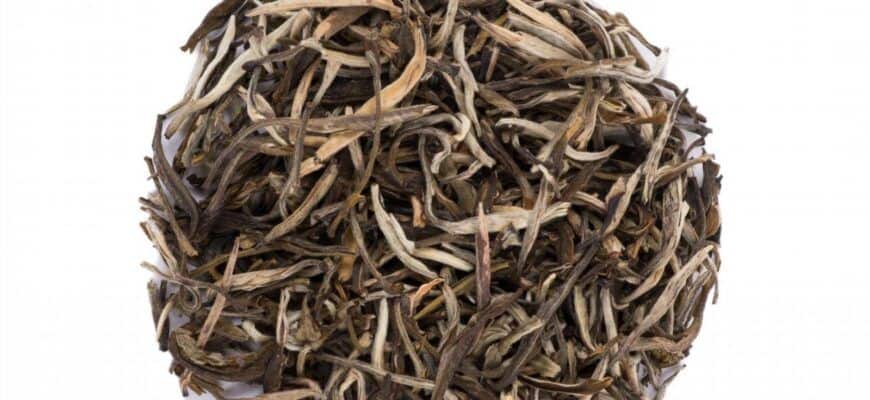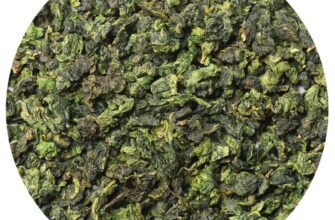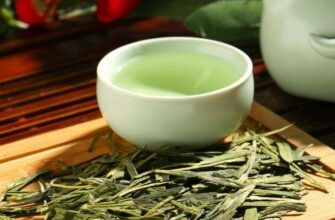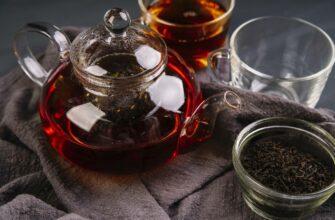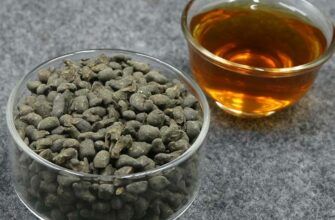White tea is characterized by long initial drying (drying) and low oxidation. In the process of making white tea, strong heat is applied to deactivate the enzymes and stop the oxidation process. To make white tea, freshly picked leaves are dried for three days.
This tea is called "white" because of the peculiar fluffy hairs that give the young tender shoots of the plant a silvery-gray hue. The presence of this shade is a sign of the quality of white tea.
Tea enzymes are found in white tea just like any other tea, as they help the leaves to ripen. Therefore, the conditions under which this tea is made must be tightly controlled to keep the oxidation process to a minimum. The tea is dried in the sun or in an oven to reduce the percentage of moisture in the leaves to 5% or below. This is achieved using a special technology, which is characterized by exposure to relatively low temperatures.
White tea is often referred to as "cold tea" in Asian culture because it contains the least of the "fire element".
The Legend of White Tea
According to legend, the white tea plant was discovered by a girl named Lang Gu from Fuding County, Fujian Province in China, where God Taimu is located. Hiding in mountain caves, Lan Gu found a tea plant whose young buds were covered with silvery hairs during the spring months. When a terrible epidemic spread in the village, Lan Gu healed the sick with the help of the leaves of this tree. In gratitude for her kindness, people began to call her Taimu in honor of the goddess Taimu, and the mountains in the vicinity were also named.
This legend coincides with historical references that this tea was first made in the Fuding area in 1796, and later it was made in the Zhen He and Jianyang areas.
Where is white tea produced?
White tea was first produced in China and is generally considered to be the tea of China's Fujian province. The main tea production areas are Fuding, Zhen He, Sonzi and Jianyang. Currently, white tea is also made in India and Sri Lanka.
Varieties of white tea
There are many varieties of white tea, and sometimes it is even difficult to distinguish them from each other. The ancient names of white tea varieties may seem strange and really create an atmosphere of mystery, but, unfortunately, the name of the tea alone is not able to tell us much. The following are the main varieties of white tea:
Eyebrows of Longevity (Shu Mei, Shou Mei)
A fruity, delicate white tea that is a slightly chaotic mixture of top and bottom leaves. This tea has a brighter aroma and flavor than other white teas, making it a bit like Oolong tea. This is the fourth highest quality white tea, the leaves for which are harvested later than the leaves of Bai Mu Dan (White Peony) tea. Therefore, this tea may have a darker color. It is produced in Fujian and Guangxi provinces in China.
Gift Eyebrows (Gong Mei, Gong Mei)
This tea is made from the leaves that are left over from the harvest for the Silver Needle and White Peony teas (high quality varieties). It consists mainly of young leaves with some tea buds.
Snowball (Qiu Ya, Xue Ya)
This variety of tea is a great and affordable start for those who want to plunge into the world of white teas. This tea really allows you to feel the subtlety and tenderness inherent in white tea.
Song Yang
This is another type of handmade tea produced in Song Yan District of Zhejiang Province. Three thousand leaves are carefully harvested and processed by hand to produce a pound of this white tea.
White Peony (Bai Mu Dan, Bai Mu Dan)
Tea with two leaves per bud. This is the second highest quality white tea, and is made from the same tea leaves as the Silver Needle tea. Its buds and leaves are covered with the same white fluff as the Silver Needle tea leaves.
Silver Needle (Yin Zhen)
This top quality tea is made entirely from buds. The buds are harvested in early spring before they have had time to open into full leaves. Only intact, unopened buds are selected. Silver Needle tea was first produced in the Fuding and Zhen He districts. Some experts consider this tea to be one of the top ten teas.
Apart from these Chinese teas, white tea is also produced in India. This tea is known as Darjeeling White. Like Silver Needle tea, it is made exclusively from kidneys. Sri Lanka also produces its own Ceylon white tea. In Japan, tea producers focus more on the production of green tea (the famous "Cha"), but some varieties of white tea are also made.
White tea health benefits
In 2002, renowned University of Oregon scientist Roderick N. Dashwood published his paper titled: "White Tea - New Cure for Cancer" in the Japanese Journal of Food and Nutritional Ingredients, which provided interesting information on anti-cancer and anti-mutagenic properties. white tea.
At the 2004 American Society for Microbiology Meeting, Pace University researchers presented the results of their work in which they investigated white tea extract. Researchers have recommended white tea extract for preventive use to slow the growth of bacteria that cause staph, streptococcus, pneumonia, and even dental caries infections. The study showed that the antiviral and antibacterial effect of drinking white tea is even higher than that of green tea.
The rarity of tea trees and the short harvest period (for example, high-quality Silver Needle tea is made from the smallest buds that are harvested within two days in spring) determine the high price of white tea, much higher than teas of other varieties.
Read more: